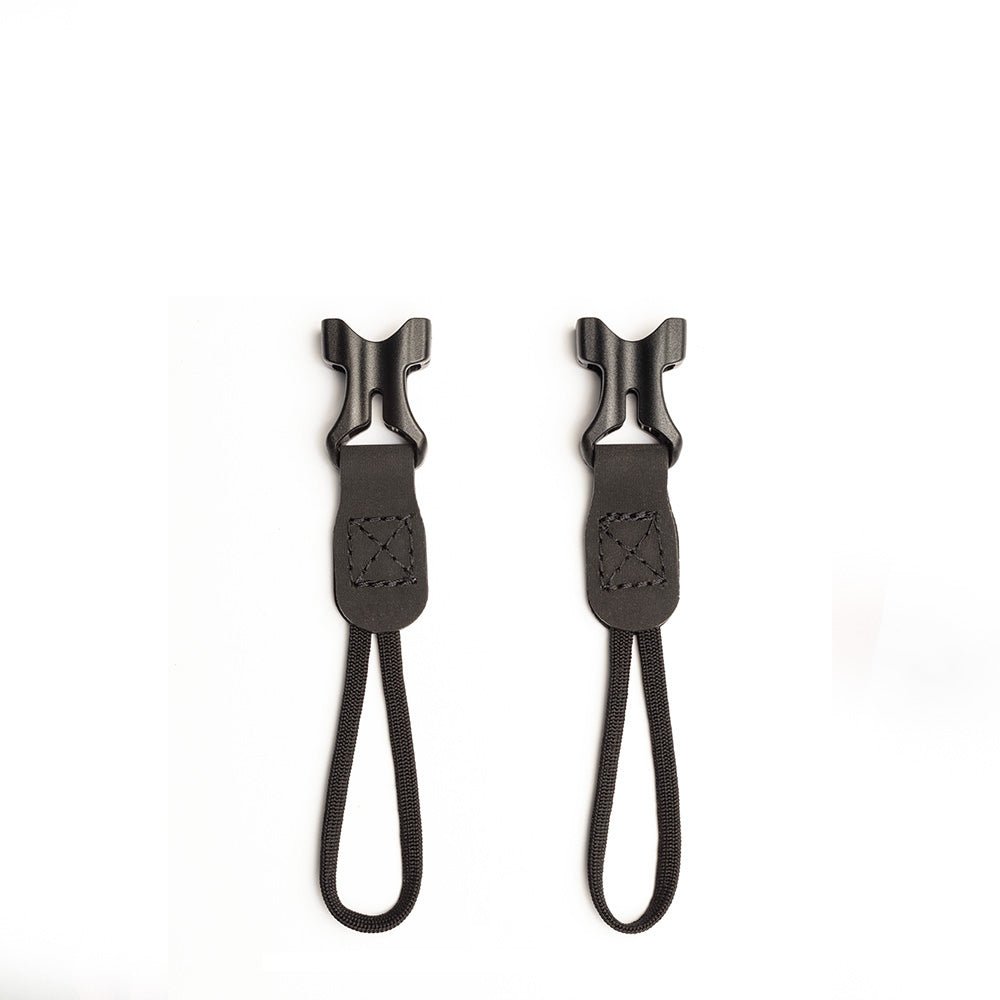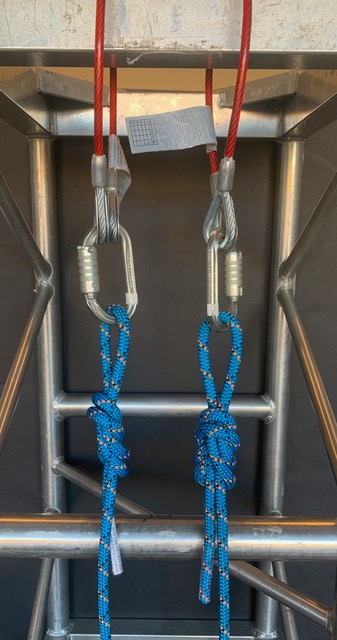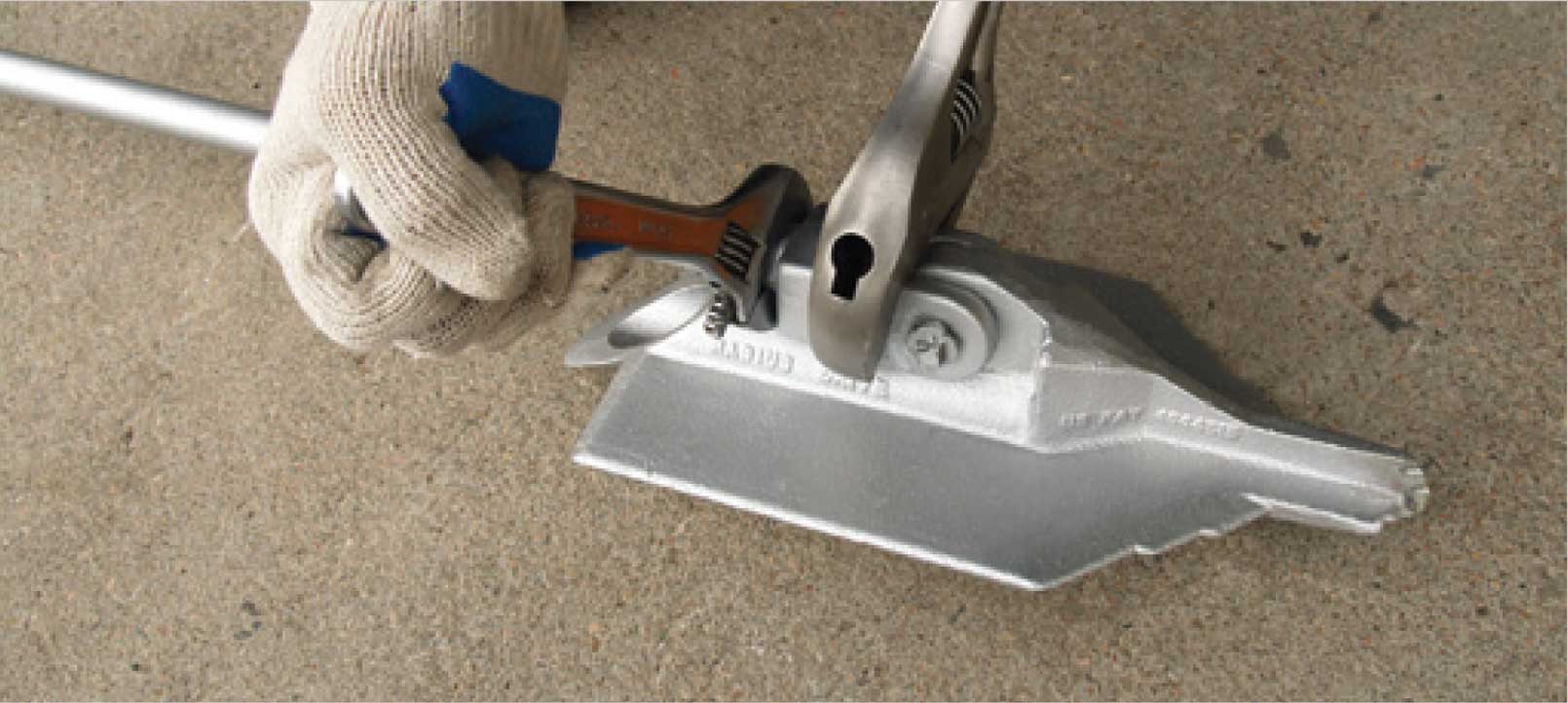Cutting-edge Support Equipments for Secure and Steady Structures
The development of support systems has become significantly crucial in ensuring stable and protected foundations across different building and construction markets. Current improvements in materials and techniques, such as helical and drilled shaft anchors, use impressive advantages in load-bearing capability and ecological sustainability.
Kinds Of Anchor Equipments
The effectiveness of support systems is rooted in their style and application, which show a dedication to safety and security and stability in different settings. Various sorts of support systems are used in building and construction and engineering to ensure safe structures and withstand ecological pressures.
One famous kind is the driven support, which is mounted by driving it into the ground, utilizing its weight and friction to offer stability. These are typically used in applications such as preserving walls and short-lived structures. One more commonly used anchor system is the pierced shaft anchor, which entails burning out an opening into the ground and putting a steel pole or pipe, loaded with concrete, to produce a durable foundation perfect for heavy tons.
Helical supports, featuring a screw-like style, are an additional ingenious option for anchoring in tough dirt problems. They can be set up with very little disruption, making them appropriate for sensitive settings. Furthermore, rock supports are utilized in areas with solid geological formations, using high-strength steel cables that are anchored into bedrock.
Each sort of support system serves certain objectives, stressing the relevance of choosing the suitable solution based on website problems and architectural requirements.
Advantages of Cutting-edge Supports
Ingenious anchor systems provide countless advantages that improve their performance and dependability in various applications. One of the key benefits is their ability to give premium load-bearing ability. By using advanced materials and designs, these anchors can properly support bigger structures, making them appropriate for both short-term and permanent installations.
An additional substantial advantage is their adaptability to various soil problems. Innovative support systems can be engineered to carry out optimally in an array of geological environments, from soft dirts to rough surfaces. This versatility makes certain that projects can proceed on time no matter site-specific obstacles.
In addition, innovative support systems usually include sophisticated modern technologies, such as smart tracking abilities (Earth Anchor). These attributes permit for real-time analysis of support efficiency, making it possible for proactive upkeep and minimizing the threat of failing. This causes boosted safety and longevity of structures
Additionally, many cutting-edge support layouts are much more ecologically friendly, as they need less intrusive setup methods compared to conventional anchors. This minimizes disruption to the surrounding environment and can considerably decrease installment times and expenses.
Installment Approaches and Strategies
Efficient setup approaches and strategies are critical for maximizing the efficiency of anchor systems in various applications. The option of an appropriate installment approach straight influences the stability and security of the foundation. Typical methods consist of driven, pierced, and screw anchors, each chosen based upon soil problems, load demands, and environmental variables.

Screw anchors, commonly made use of in light-weight applications, are installed by rotating the anchor into the ground, supplying mechanical resistance through helical blades. This strategy is specifically efficient in loosened soils, offering immediate load-bearing find more capability.
Despite the selected method, pre-installation site evaluations and adherence to maker standards are necessary to guarantee appropriate positioning, depth, and lots distribution, inevitably adding to the support system's lasting success and dependability.

Instance Researches and Applications
Various situation studies show the varied applications of ingenious anchor systems throughout various sectors. In the construction industry, as an example, helical anchors have been successfully used to support wind turbine foundations, making sure stability also in high-stress settings. These systems permit fast setup and minimal disturbance to the bordering soil, making them excellent for renewable energy tasks.
One more remarkable application can be found in the aquatic sector, where driven stacks work as anchor systems for offshore platforms. Their robust design and resistance to rust provide long-term safety in severe aquatic problems. A situation research in the North Sea highlighted the successful release of these systems, which endured hefty devices lots throughout severe weather condition events.
In urban setups, ground anchors have been employed to support preserving wall surfaces and avoid landslides. A project in an uneven area showcased exactly how these supports properly alleviated risks, offering essential assistance and making certain safety and security for bordering framework.
These instances emphasize the flexibility of cutting-edge support systems, demonstrating their important role in improving the safety and security of different frameworks throughout numerous sectors. Each study adds useful understandings that inform ideal techniques and additional developments in anchoring modern technology.

Future Trends in Anchor Equipments
As markets progressively focus on sustainability and effectiveness, the future of support systems is poised for substantial innovations. Arising fads suggest a shift in the direction of the combination of wise technologies and sustainable materials in support style and application. Earth Anchor. The fostering of IoT (Internet of Points) abilities will enable real-time surveillance of anchor performance, improving safety and reliability while reducing upkeep expenses

Additionally, making use of recycled and environmentally friendly products in support systems is getting traction, driven by regulative pressures and company social duty initiatives. These advancements not just lessen environmental influence however likewise supply competitive benefits in a market increasingly concentrated on environment-friendly building practices.
Additionally, developments in computational modeling and simulation are expected to enhance the style procedure, enabling extra efficient and tailored anchor remedies that account for site-specific conditions. The incorporation of AI-driven analytics will better enhance the choice and implementation of anchor systems, ensuring their security and long life.
Verdict
Innovative support systems play a crucial role in making certain protected and stable foundations throughout varied building applications. By leveraging advanced products and clever technologies, these systems enhance load-bearing ability while decreasing environmental effect. The combination of real-time surveillance contributes to improved safety and security and integrity. As the find here construction industry remains to develop, recurring developments in anchor system style and application will certainly even click for source more improve efficiency, inevitably supporting the growth of resilient framework in a range of contexts.
One more widely utilized support system is the drilled shaft support, which entails boring an opening right into the ground and placing a steel rod or pipeline, filled with concrete, to develop a robust foundation ideal for hefty lots.
Helical supports, featuring a screw-like design, are an additional ingenious solution for securing in challenging dirt problems. In addition, rock anchors are made use of in areas with solid geological formations, employing high-strength steel cords that are anchored right into bedrock.
Pierced supports, on the other hand, involve creating a borehole into which the anchor is fitted, using greater precision and control, especially in difficult geological conditions. Earth Anchor.
Innovative support systems play a vital function in guaranteeing secure and secure structures across varied building applications.